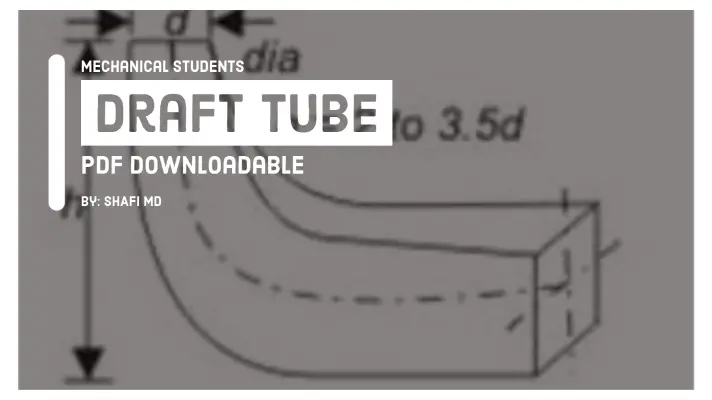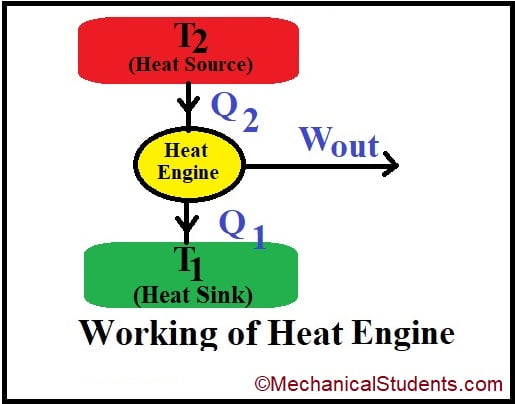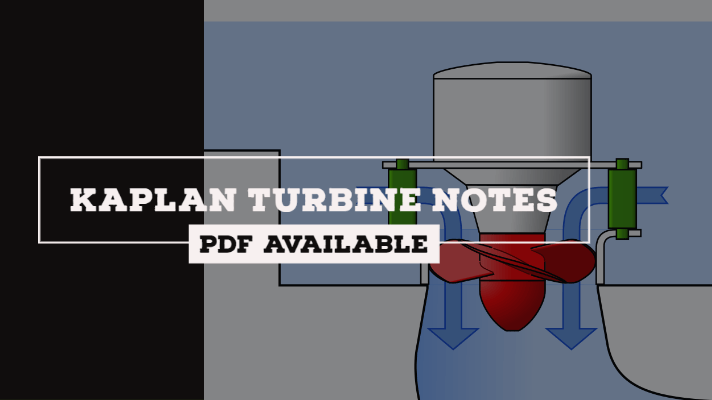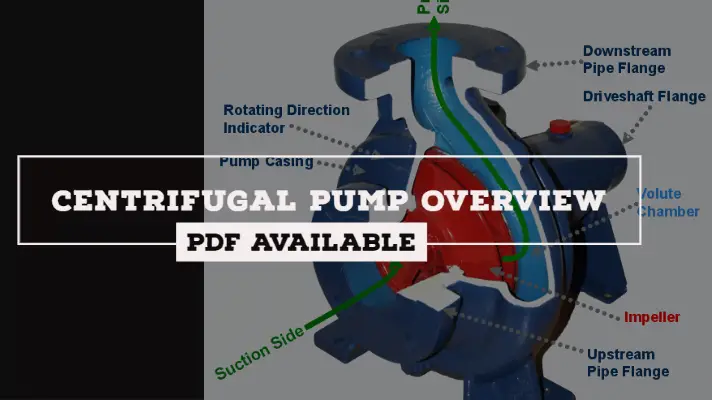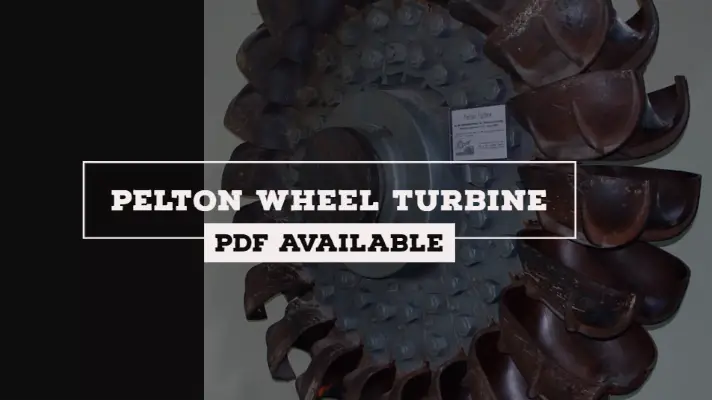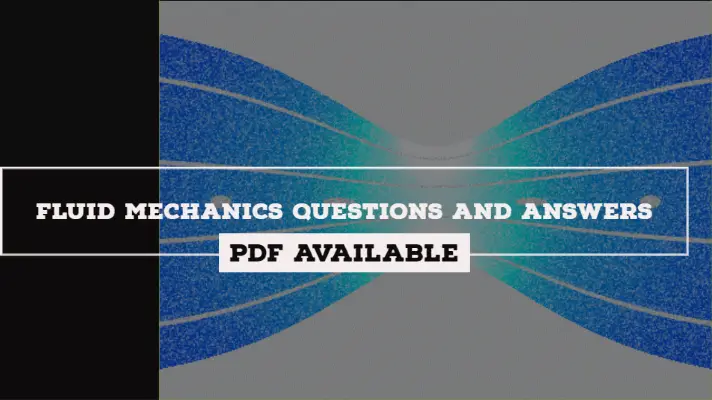Hydroelectric Power Plant: Definition, Layout, Parts, Working, Advantages, Disadvantages & Applications [PDF]
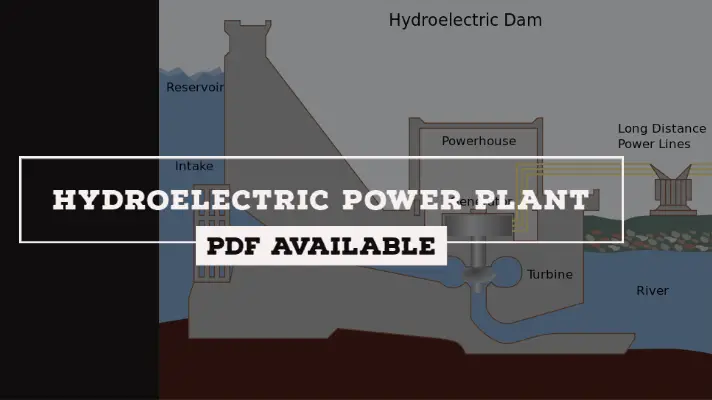
The generation of electricity by hydropower is one of the best methods of producing electric power. In this article, we are going to discuss Hydroelectric Power Plant along with its Definition, Working, Advantages, Disadvantages & Applications.
Definition of Hydroelectric Power Plant:
Hydroelectric Power Plant is an area where hydraulic energy is converted into electrical energy by the rise or flow of water which is driven by the turbine.
Construction of Hydroelectric Power Plant:
The Hydroelectric Power Plant consists of following sections:
- Reservoir and Dam
- Control Gate
- Penstock
- Surge Tank
- Water Turbine
- Generator
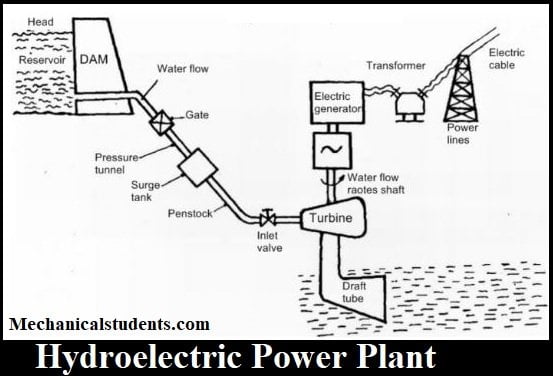
The explanation for the parts of Hydroelectric Power Plant is as follows.
Reservoir and Dam:
The dam is constructed on a large river to ensure sufficient water storage and the dam forms a large reservoir behind it. The height of the water level (called a water head) in the reservoir determines the potential energy stored in it.
Control Gate:
The amount of water released in the penstock can be controlled by a control gate.
Surge Tank:
A surge tank is a small reservoir or tank which is open at the top and is fitted between the reservoir and the powerhouse. The water level in the surge tank rises or falls to reduce the pressure swings in the penstock.
Penstock:
A penstock is a steel pipe which carries water from the reservoir to the turbine. The potential energy of the water is converted into kinetic energy as it flows down through the penstock due to gravity.
Water Turbine:
Water from the penstock is to be traveled to the water turbine and the turbine is coupled to an electric generator. Kinetic energy (K.E.) of the water drives the turbine and consequently, the generator gets driven.
Generator:
A generator is placed or mounted in the powerhouse which is coupled to the shaft of the turbine. The passage of water from the nozzle hits the turbine blades which makes the shaft of the turbine to rotate. It drives the generator and electricity are produced.
The produced electricity will be Step up or Stepdown through a transformer and later on it will supply to the domestic and industrial applications.
The water passing through the turbine is discharged to the tailrace which carries water away from the powerhouse after it has been passed through the turbine.
This is the explanation fo the parts of hydro-electric power plant. Now let's understand the working principle of it.
How Hydroelectric Power Plant Works?
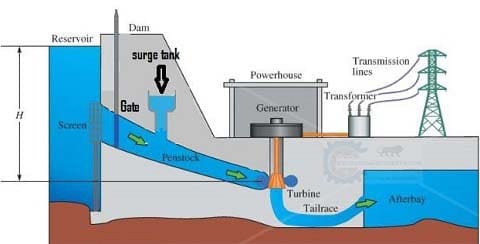
The working of Hydroelectric Power Plant is as follows.
The dam is constructed on a large river to ensure sufficient water storage and the dam forms a reservoir behind it. The height of the water level (called a water head) in the reservoir determines the potential energy stored in it.
The water is traveled from the reservoir passing through the gates. Water initially with some potential energy is converted to high-pressure energy during the passage.
A surge tank is placed at the top and is fitted between the reservoir and the powerhouse. This water level rises or falls to reduce the pressure in the penstock.
The maximum amount of water is released through the penstock when the control gate is fully opened.
This kinetic energy is converted to electrical energy, as the turbine is coupled to an electric generator.
The passage of water from the nozzle hits the turbine blades which makes the shaft of the turbine to rotate. It drives the generator and electricity are produced.
The water which moves away from the turbine enters into the Afterbay via Tailrace.
So, for the requirement and production of electricity, the components of the hydro-electric power plant were used.
Now, let's go to the topic of Advantages and Disadvantages of Hydroelectric Power Plant.
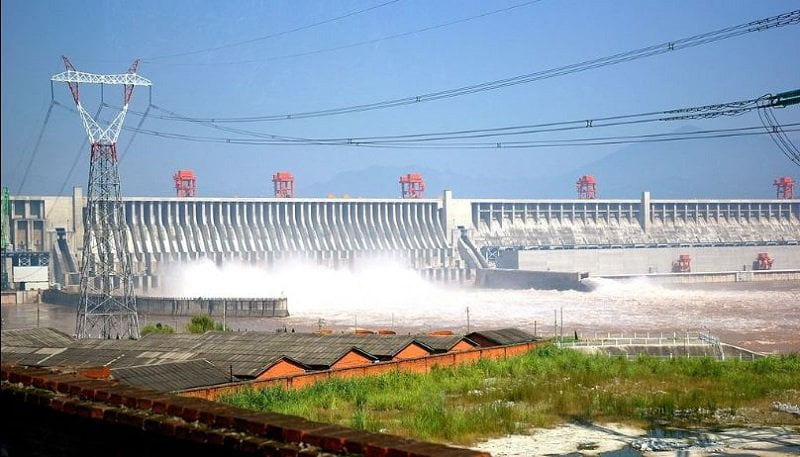
Hydroelectric Power Plant Advantages:
The advantages of Hydroelectric Power Plant are as follows.
- By the usage of the hydropower plant, environmental pollution is almost zero.
- The efficiency of this system is high.
- It is a renewable source of energy and that's the reason, it is installed on every dam for the generation of free power.
- Hydraulic Turbine's running coast is less compared to other turbines.
- In the US, it acts as a domestic source of energy
Hydroelectric Power Plant Disadvantages:
The disadvantages of Hydroelectric Power Plant are as follows.
- The installation cost is very high.
- When water is not available, it does not produce electricity. So the engineers have to make sure that the water will be always in surplus.
- For the installation setup, it needs a large surface area where there might be a loss to the farmers who have crops over there.
- The population of fishes can be impacted.
Applications of Hydroelectric Power Plant:
The applications of Hydroelectric Power Plant are as follows.
- The water which stays in a reservoir can be used for agriculture purposes.
- Thermal Power stations can be built near the reservoirs.
- It is used for the generation of electric power.
- It will control the floods in the rivers.
- The micro hydropower plant is used to provide power to isolated rooms.
This is the detailed explanation of Hydroelectric Power Plant. If you have any doubts, you can ask us and we will reply it soon.
FAQs:
What is meant by hydroelectric power plant?
Who invented hydropower?
Where are hydroelectric power plants located?
Which country uses most hydroelectric energy?
More Resources:
Kaplan Turbine
Pelton Turbine
Hydraulic Turbine


